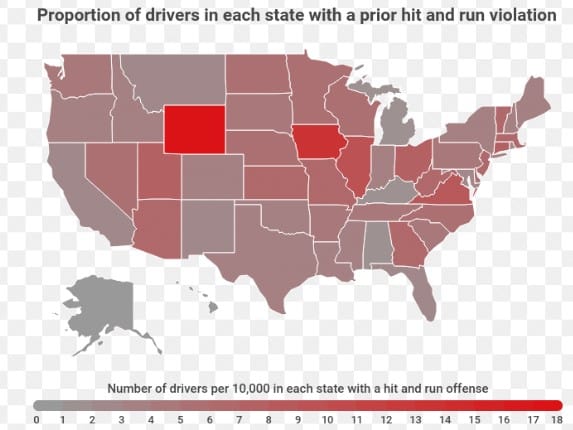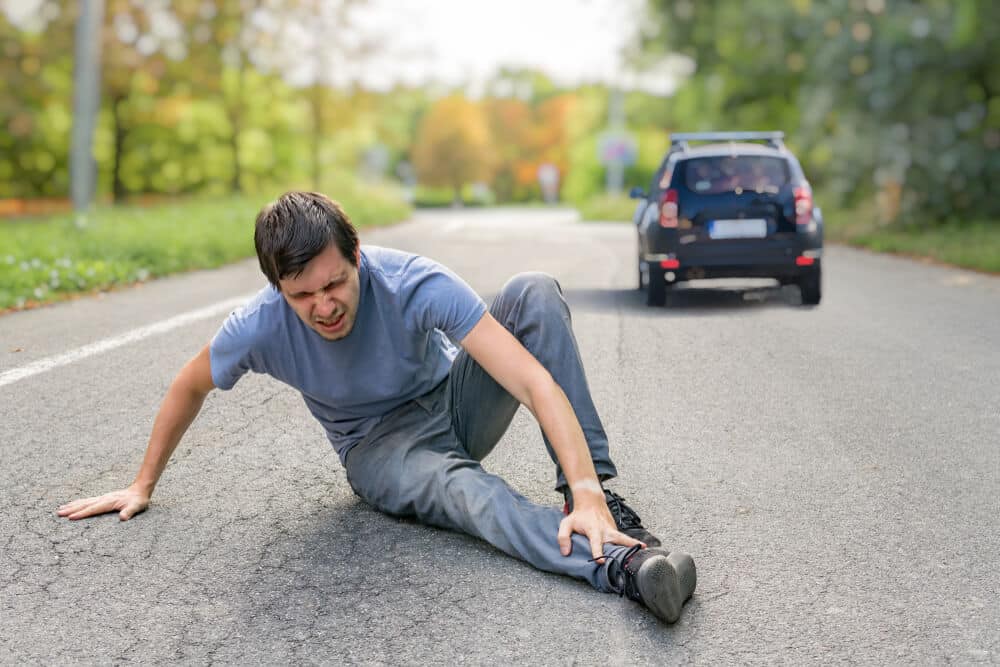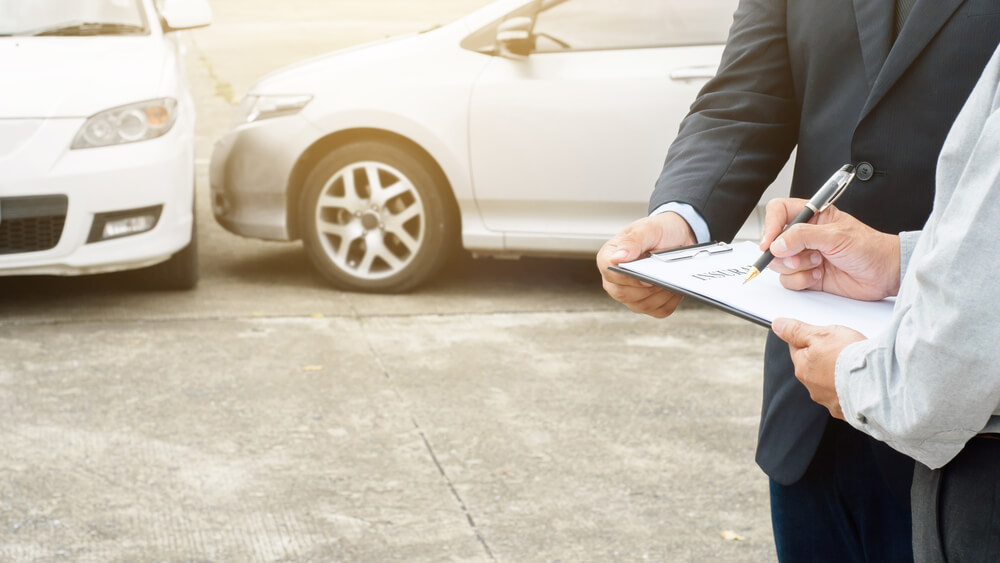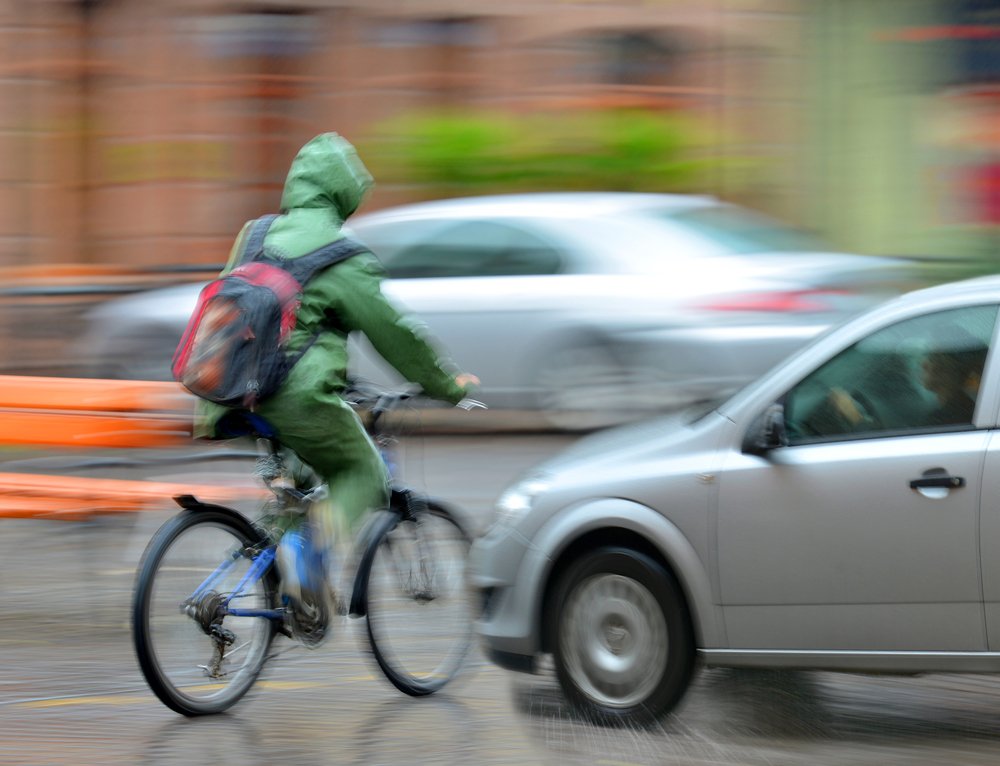Hit-and-run laws ensure accountability and promote safety on the roads by requiring drivers involved in accidents to remain at the scene, exchange information, and assist injured parties if necessary. Violating these laws is a serious offense, especially in Georgia, where penalties can include fines, imprisonment, and license suspension.
Below is an expanded guide to Georgia’s hit-and-run laws, supported by national and state-specific statistics.
Statistics Supporting Hit and Run Laws
National Hit-and-Run Data
- Frequency: Over 700,000 hit-and-run accidents are reported annually in the U.S., with an average of one every 43 seconds (AAA Foundation for Traffic Safety).
- Fatalities: Hit-and-run crashes accounted for approximately 2,000 fatalities in 2022, with pedestrians and cyclists being the most common victims.
- Victim Demographics: A disproportionate number of victims are in urban areas, low-light conditions, and intersections, where pedestrian activity is higher.
Georgia Hit-and-Run Data
- Hit-and-Run Fatalities: According to the Georgia Governor’s Office of Highway Safety, the state reports an annual average of over 200 fatalities from hit-and-run accidents.
- Urban Focus: Metropolitan areas like Atlanta account for the majority of hit-and-run incidents due to higher traffic density and pedestrian activity.
- Top Contributing Factors:

What Are Hit-and-Run Laws?
Hit-and-run laws require drivers to remain at the scene of an accident, exchange necessary information, and assist injured parties if needed. Failure to do so constitutes a hit-and-run offense.
Key Requirements of Georgia’s Hit-and-Run Law
-
Stop Immediately:
- Drivers must stop their vehicle at the accident scene or as close as safely possible without obstructing traffic.
- Leaving the scene, even briefly, can result in criminal charges.
-
Exchange Information:
- Drivers must provide:
- Name and address
- Vehicle registration number
- Driver’s license (if requested)
- Drivers must provide:
-
Render Assistance:
- Offer reasonable aid to any injured party, including calling 911 if necessary.
-
Report the Accident:
- Accidents involving injury, death, or property damage exceeding $500 must be reported to law enforcement immediately.
Expanded Penalties for Violations
Misdemeanor Offenses
- Applies to property damage incidents without injury.
- Penalties:
- Fines up to $1,000.
- Jail time of up to 12 months.
- Points added to the driver’s record.
Felony Offenses
- Applies to accidents involving serious injury or death.
- Penalties:
Repeat Offenses
- Habitual offenders face harsher penalties, including:
- Longer jail terms.
- Mandatory community service.
- Increased insurance premiums.
Vehicles and Situations Covered by Georgia’s Hit-and-Run Law
Georgia’s hit-and-run law applies to:
- All Motor Vehicles: Cars, motorcycles, trucks, and buses.
- Non-Motorized Vehicles: Bicycles (when involved in collisions with motor vehicles).
- Special Circumstances:
- Collisions with parked vehicles: Drivers must leave contact details if the owner is unavailable.
- Collisions with animals: While not explicitly addressed in hit-and-run laws, failing to report hitting a domestic animal may lead to additional legal responsibilities.
Comparative Analysis: Hit-and-Run Laws in Georgia vs. Other States
- Stricter Penalties Elsewhere:
- States like Florida impose up to 30 years in prison for fatal hit-and-run accidents involving DUI.
- Georgia’s maximum sentence for similar cases is 5 years.
- Civil vs. Criminal Liabilities:
- Broader Coverage in Georgia:
- Georgia explicitly includes collisions with unattended vehicles and requires immediate reporting, unlike some states with limited scope.
Key Contributing Factors to Hit-and-Run Incidents
- Driver Impairment (DUI):
- Drivers under the influence of drugs or alcohol are more likely to flee to avoid additional charges.
- Lack of Insurance:
- Georgia has a 12.4% uninsured driver rate, increasing the likelihood of hit-and-runs.
- Fear of Legal Consequences:
- Drivers without valid licenses or with outstanding warrants often flee the scene.
- Lack of Awareness:
- Some drivers claim they were unaware they were involved in an accident, particularly in low-impact collisions.
Practical Steps to Handle Hit-and-Run Incidents
- Document the Scene:
- Take photos or videos of the damage, the surrounding area, and any debris left behind.
- Note down the fleeing vehicle’s make, model, color, and license plate number (if visible).
- Call 911:
- Report the incident immediately to ensure a police report is filed.
- Seek Medical Attention:
- Even minor injuries should be evaluated, as they can worsen over time.
- Notify Your Insurance:
- File a claim promptly, providing all available evidence and the police report.
Common Misconceptions About Hit-and-Run Laws
- “I can report it later without consequences.”
- Leaving the scene without immediate reporting is still a violation, even if you return later.
- “Minor accidents don’t require stopping.”
- All accidents, regardless of damage severity, require stopping and exchanging information.
- “I won’t face charges if I wasn’t at fault.”
Real-World Examples of Hit-and-Run Cases
- Pedestrian Fatality:
- A driver in Atlanta struck a pedestrian at night and fled the scene. Witnesses provided a partial plate number, leading to the driver’s arrest and a 3-year prison sentence.
- Parking Lot Collision:

Frequently Asked Questions (FAQs)
- What should I do if I witness a hit-and-run?
- Stay at the scene, call 911, and provide detailed information about the fleeing vehicle to law enforcement.
- Can a victim sue after a hit-and-run?
- What if the fleeing driver cannot be found?
- Victims may file an uninsured motorist claim if they have UM coverage.
When do You Need a Lawyer for a Hit and Run Case?
- Severe Injuries or Fatalities:
- If you or someone else is seriously hurt, an attorney can help secure maximum compensation for medical bills, lost wages, and pain and suffering.
- Disputed Fault:
- Uninsured/Underinsured Drivers:
- Criminal Charges:
- If you’re accused of fleeing the scene, a lawyer can defend you against felony or misdemeanor charges.
- Insurance Challenges:
- When your insurer disputes your claim or offers a low settlement, legal help ensures fair compensation.
- Complex Cases:
- Multi-vehicle accidents, pedestrian collisions, or situations involving government vehicles often require expert legal navigation.
Quick Tip: Seek legal advice promptly after a hit-and-run to protect your rights and preserve evidence.
Accident?
Our team of experienced hit and run lawyers are ready to help you assess your case and fight for the compensation you deserve. Don’t let the negligence of others dictate your future–let us be your advocate in this challenging time.








